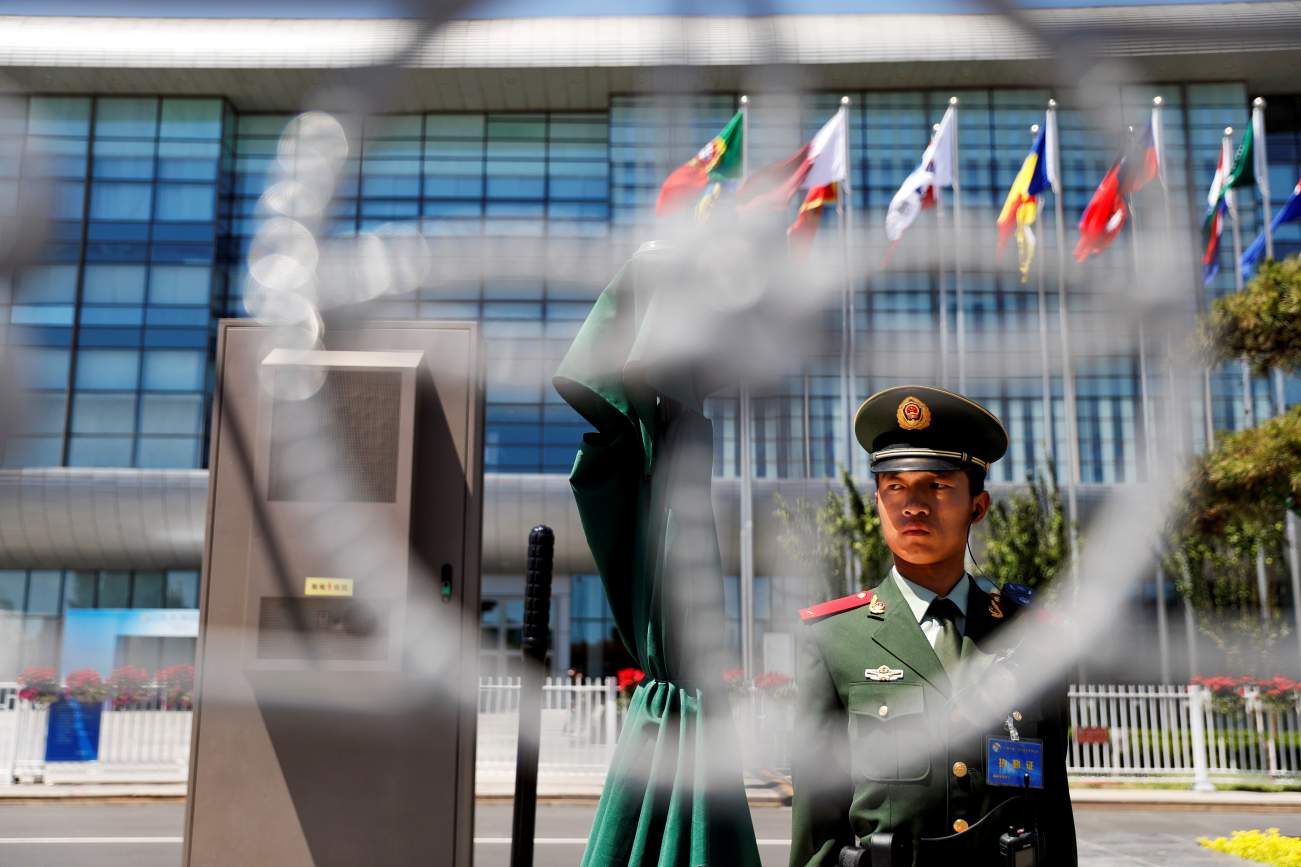by Mollie Saltskog Colin P. Clarke
 China’s Belt and Road Initiative, sometimes referred to as “One Belt, One Road,” or “the new Silk Road,” is Beijing’s signature foreign policy project focused on developing robust infrastructure to connect China to key hubs of economic activity throughout the world. Even though the Chinese Communist Party might dispute this characterization, the initiative is also a geopolitical strategy—underpinned by energy security and access to resources—that is thinly veiled as an economic policy.
China’s Belt and Road Initiative, sometimes referred to as “One Belt, One Road,” or “the new Silk Road,” is Beijing’s signature foreign policy project focused on developing robust infrastructure to connect China to key hubs of economic activity throughout the world. Even though the Chinese Communist Party might dispute this characterization, the initiative is also a geopolitical strategy—underpinned by energy security and access to resources—that is thinly veiled as an economic policy.
With all of the focus on economics and energy, however, there have been few public discussions about the security concerns surrounding this endeavor, especially as the various lines of effort extend across and through a range of failed states and ungoverned spaces in some of the most unstable parts of the globe. In addition, increasing anti-Chinese sentiment in parts of Central Asia and Africa have brought increased threats of terrorism and sabotage aimed at disrupting China’s growing presence in these regions.
It is important to note that none of the strategic drivers—economic, energy and international security—operates in a vacuum, but instead mutually reinforce one another. For example, to ensure continued domestic economic growth, energy security is key. No industry can operate without energy. The same is true for altering the geopolitical structure on the Eurasian continent, which will ultimately require some show of modern military capability. A modern military cannot be developed without money and energy. Similarly, a stable geopolitical and international security landscape is vital for Beijing to ensure the undisrupted development of the Belt and Road Initiative in order to attain the first two objectives, economic gain and access to energy. Yet, it is within the latter, security, that the biggest challenges for Beijing lies.
It is an easy equation: The more interests one has abroad, the more one has to protect. This means there are serious domestic security concerns for Beijing to consider, including political unrest, rising anti-Chinese sentiment, and fallout from both terrorism and organized criminal activities. An array of terrorists, insurgents and criminal networks remain active throughout regions and countries that are important hubs for the Belt and Road Initiative. For example, in Central Asia several highly capable terrorist groups have a presence, including the Islamic Movement of Uzbekistan, Jamaat Ansarullah, and Islamic Jihad Union. In 2016, the Chinese Embassy in Bishkek, Kyrgyzstan, was attacked by what was later confirmed to be members of the Turkistan Islamic Party—a transnational terrorist organization that views China as one of its primary targets due to China’s treatment of its Muslim minority population. Chinese nationals have been killed in terrorist attacks in Thailand, Pakistan, Mali and elsewhere.
Most of the infrastructure is protected by Chinese private security companies. Many of these companies lack experience and training in conflict and combat situations. As a result, China is increasingly deepening its military engagement to ensure its interests abroad, which may threaten the sovereignty of host or neighboring countries. A project like the Belt and Road Initiative provides terrorists with a wealth of soft targets to attack, including high-profile symbols like transportation infrastructure. The extensive pipeline networks currently being built are hard to protect, and attacks on energy infrastructure could prove devastating.
The initiative might also lead to an increase in criminal activity, since illicit smuggling and trafficking often piggyback on licit trade routes, with drugs, weapons, false documents and gemstones blending in with the larger volume of trade in goods. Border security remains a major concern and given the high levels of corruption and porous borders in some of the states where “One Belt, One Road” will have a presence—criminal networks in regions like the Caucasus and the Balkans would be well-positioned to take advantage of this newly developed infrastructure.
The philosophy of how the Belt and Road Initiative is implemented is based on former Chinese leader Deng Xiaoping’s famous saying, “Cross the river by feeling the stones.” This suggests a deliberate but patient approach to making progress on this moonshot project, which was officially announced by Xi Jinping in the fall of 2013. And while few in the Chinese politburo would dare to say so publicly, this means, at least in part, a greater sense of transparency and a more coordinated approach between government agencies in China and in the regions where the initiative will have central hubs.
If China does not acknowledge the need for a holistic strategic approach to dealing with security issues related to it, the “One Belt, One Road,” project—unquestionably one of the most ambitious undertakings of the twenty-first century—could experience significant obstacles in its nascent stages. And unless Beijing devotes the proper resources to protecting its investment, the approach could fail before it is completed.
Mollie Saltskog is an intelligence analyst at The Soufan Group, a strategic consultancy based in New York City.
No comments:
Post a Comment